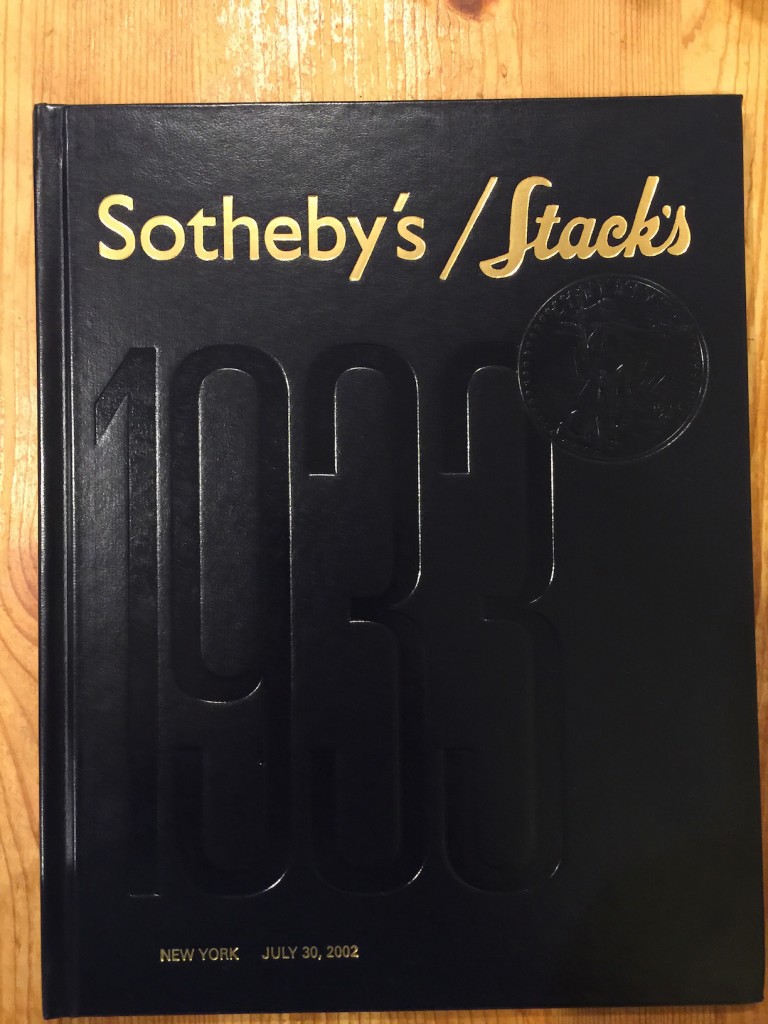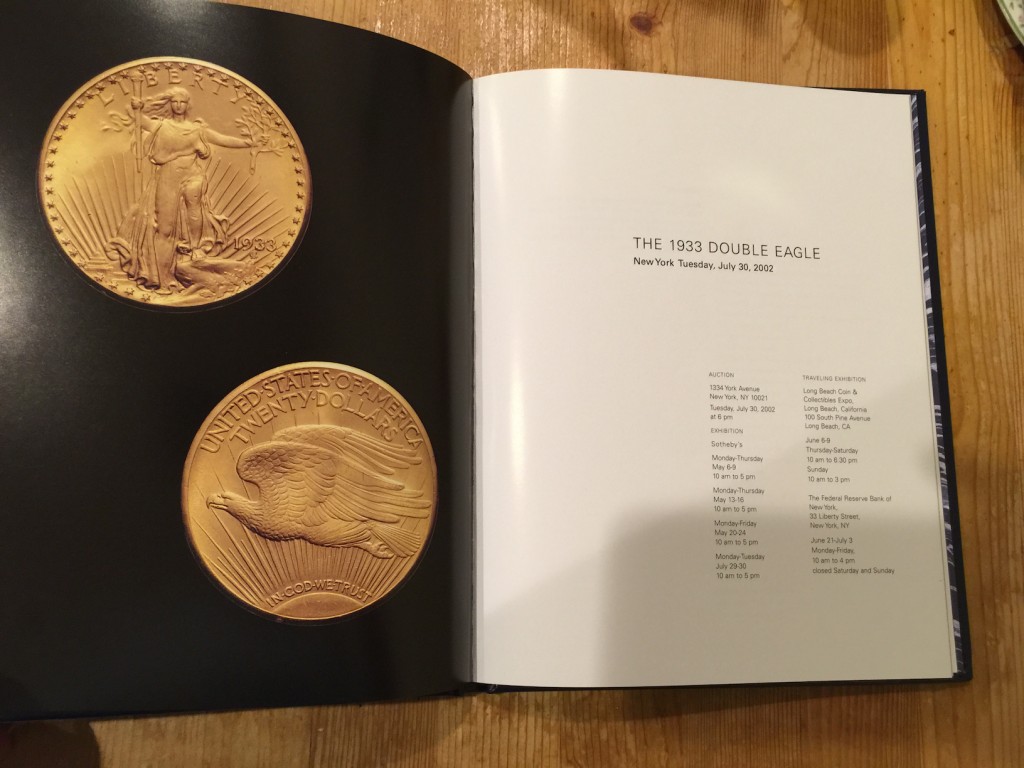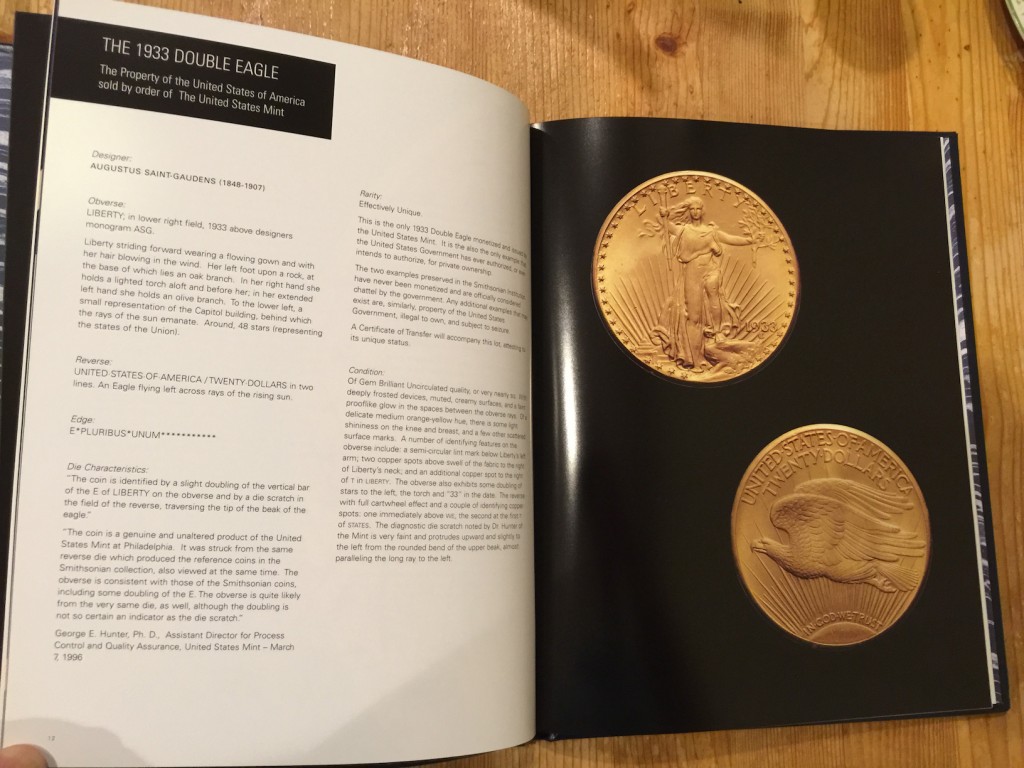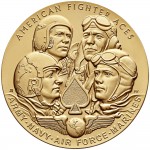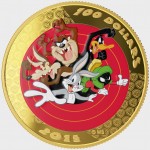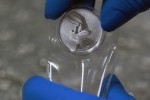Weekly World Numismatic News for February 28, 2021
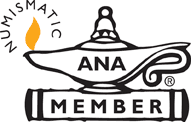 I still need more signatures to appear on the ANA Board of Governors ballot. If you are an ANA member, please download the petition, sign it with your ANA member number, take a picture with your smartphone and email it to me at scott@coinsblog.ws. Your help is appreciated.
I still need more signatures to appear on the ANA Board of Governors ballot. If you are an ANA member, please download the petition, sign it with your ANA member number, take a picture with your smartphone and email it to me at scott@coinsblog.ws. Your help is appreciated.
Several people asked about my positions on a few issues. Here are the top three:
- I am 100% for reviving the Exhibition Committee. I favor amending the ANA By-Laws to make the Exhibition Committee a required standing committee of the association.
- I have no position on the holding of the 2021 World’s Fair of Money now. I know everyone wants a grand show, but I am concerned about general safety. The ANA should wait until May before making a decision based on the facts rather than speculation. Remember, my father died of COVID-19, making me very sensitive to the issue.
- Several people expressed concern that the ANA heavily favors the dealers. The perception comes from the number of dealers in leadership roles and making decisions for the ANA. The members in leadership roles are doing what is best for the hobby, but I understand the need for additional input from collectors. There are ways for collectors to be more involved.
I will write more about these issues at another time.
For now, I found four fascinating news stories for the week. The story that collectors should read is from the BBC, “Coins can inspire people to look into the past.” Following their story on Decimalisation in the United Kingdom, they heard from many Britons who shared their coin collecting stories. The piece offers the stories of five collectors and their collections.
 → Read more at progress-index.com
→ Read more at progress-index.com
 → Read more at bbc.com
→ Read more at bbc.com
 → Read more at businessinsider.co.za
→ Read more at businessinsider.co.za
 → Read more at artic.edu
→ Read more at artic.edu
New numismatic-related jobs in Philadelphia and Denver
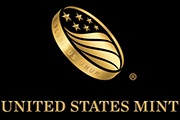 In an early morning press release, the U.S. Mint announced that they would be going from a two-shift operation to a three-shift operation citing increased production requirements for circulating coins.
In an early morning press release, the U.S. Mint announced that they would be going from a two-shift operation to a three-shift operation citing increased production requirements for circulating coins.
The main job of the U.S. Mint is to supply circulating coinage to the Federal Reserve banks. These Federal Reserve branch banks then circulate the coins to member banks and distributors where they will eventually enter daily commerce. As part of their operations, the Federal Reserve will order coins from the U.S. Mint to supplement the money supply and provide the a forecast for the next 12-months. In order to meet the production requirements, the U.S. Mint uses the forecast to adjust their operations.
During the downturn in the economy, the U.S. Mint adjusted to a 4-day, 10 hours per shift schedule. Halting production so that the machines do not run on Friday saved money by lowering the electricity requirements and allowed for a broader maintenance program. Along with the schedule adjustments, the U.S. Mint instituted production efficiencies that have lead to lower costs. The result has been a an increase in seigniorage for the agency even during the downturn in the economy and the rising cost of base metals that have lead to debates over coin composition.
With this move, the U.S. Mint is likely going back to a 5-day, 8 hours per shift schedule. This will make the U.S. Mint a 24-hour operation again. It also means that they will have to hire people to work at the world’s largest coin factories in Philadelphia and Denver. The U.S. Mint anticipate that an additional 46 people will be hired in Philadelphia and 40 in Denver. They will be hiring quickly since they want to be up and running with their third shift by the mid-June to July timeframe.
If you are interested in working for the U.S. Mint, the positions will be posted on the federal government’s jobs website usajobs.gov. You can also visit the U.S. Mint’s online careers page to learn more about working for the U.S. Mint.
Buying the book instead of the coin
 With the court ruling against Joan Langbord and forcing her to surrender the ten 1933 Saint-Gaudens Double Eagle gold coins she claims to have found, there remains only one legally to own 1933 Saint-Gaudens Double Eagle coin.
With the court ruling against Joan Langbord and forcing her to surrender the ten 1933 Saint-Gaudens Double Eagle gold coins she claims to have found, there remains only one legally to own 1933 Saint-Gaudens Double Eagle coin.
Currently, there is only one example of this coin that is legal to own. Dubbed the Farouk-Fenton 1933 Saint-Gaudens Double Eagle, researchers traced the coin was legally exported to Egypt for King Farouk.
In 2002, the coin sold at auction for $7,590,020 to a private collector. As part of the settlement that made the auction necessary, the proceeds were divided between the United States government and British coin dealer Stephen Fenton. The FBI arrested Fenton trying to sell the coin at the Waldorf Astoria Hotel in 1998.
The sale price stood as the most paid for a single coin until the sale of the 1794 silver dollar sold for $10,016,875 in January 2013. While the 1794 silver dollar had a great story, nothing compares to the sale of the coin known as the Farouk-Fenton Double Eagle.
The coin’s colorful history is documented in two books that span the coin’s history from the conditions of their beginning to the auction sale, including being removed from storage at the World Trade Center before its destruction on September 11, 2001.
It is not a coin that an ordinary collector can own. Rather than owning the coin, why not own the auction catalog from that sale?
Stack’s partnered with Sotheby’s to auction the coin. It was the only lot in the auction held at Sotheby’s New Yor headquarters at 6:00 PM on Tuesday, July 30, 2002. The highest bid was $6.6 million when the hammer fell. A 15-percent buyer’s premium made the sale price $7,590,000. To monetize the coin, the government required the $20 face value payment that the Federal Reserve would have paid in 1933.
I purchased the auction catalog from Kolbe & Fanning during a recent sale. It is a special hardbound edition with over 50-pages about the coin, this sale, and its history. Most of the contents were written by David Tripp, who was then the director of Sotheby’s coin, tapestry, and musical instrument departments. Tripp later expanded on what he wrote for the catalog and published Illegal Tender: Gold, Greed, and the Mystery of the Lost 1933 Double Eagle.
It was a beautifully produced auction catalog. Even though the catalog is a summary of Tripp’s book, it is a piece of numismatic history. And since I cannot afford the coins, I bought the book instead of the coin.
Memorial Day 2015
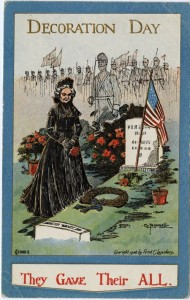 The first recorded organized public recognition of the war dead occurred on May 1, 1865 in Charleston, South Carolina. On that day, Freedmen (freed southern slaves) celebrated the service of the 257 Union soldiers buried at the Washington Race Course (now Hampton Park). They labeled the gravesite “Martyrs of the Race Course.” African Americans continued that tradition and named the celebration Decoration Day.
The first recorded organized public recognition of the war dead occurred on May 1, 1865 in Charleston, South Carolina. On that day, Freedmen (freed southern slaves) celebrated the service of the 257 Union soldiers buried at the Washington Race Course (now Hampton Park). They labeled the gravesite “Martyrs of the Race Course.” African Americans continued that tradition and named the celebration Decoration Day.
Southern states began their own commemoration to honor their soldiers who died during the war. No specific date was used but occurred in late April through June. By 1880, there was a more organized Confederate Memorial Day. These celebrations honored specific soldiers to commemorate the Confederate “Lost Cause.” By 1913, a sense of nationalism saw a commemoration of all soldiers that have died in battle.
Memorial Day took on national significance following World War I when the nation began to recognize all those who gave the ultimate sacrifice during all conflicts. By the end of World War II, most of the celebrations were renamed to Memorial Day. Memorial Day did not become an official holiday until 1967 with the passage of the Uniform Holidays Act (Public Law 90-363, 5 U.S.C. § 6103(a)) in 1968. Under the law, Memorial Day was set to the last Monday in May, changing it from the traditional May 30th.The modern Memorial Day is a holiday celebrating the lives of those sacrificed in defense of the United States and its ideals at home and abroad. Today, we honor the memories of those who paid the ultimate sacrifice so that I can write this blog and you can read it.

Members of The Old Guard place American flags at headstones at Arlington National Cemetery during Flags-In on May 21, 2015.
Decoration Day poster courtesy of usmemorialday.org
Old Guard at Arlington National Cemetery courtesy of Stars and Stripes
I’ll do it, but I’ll probably hate myself in the morning!
Eh… What’s up, doc?
Hey bub… did ya hear dat de Royal Canadian Mint is going Looney Tunes?
Cashing in on the commercialism demonstrated by the New Zealand Mint, who produces coins of Warner Brothers rival Disney characters, and helping Warner Brothers celebrate the 75th anniversary of the Looney Tunes cartoons, the Royal Canadian Mint is now producing the Looney Tunes Collection.I will admit to having grown up watching Bugs, Daffy, Porky, Tweety, and all of their friends on the weekend morning cartoons. I spent many mornings in my bedroom before my parents woke up watching on an old black and white television wondering if Wile E. Coyote would ever catch the Road Runner? Would Sylvester ever learn that he should not eat Tweety Bird? Or will Pépé Le Pew ever figure out why he could never find a girl to go with him to the casbah? Of course, at that age, I didn’t know what the casbah was!
I guess I also have to admit that I am intrigued by some of these coins. Not the ones that seem to be enameled for the design because I have this thing about using paint for the design of the coin. But there are some coins that are going to be really engraved coins that are somewhat affordable. Apparently, if I examine my own preferences, I do not mind enhanced color that enhances the designs but not just splashing paint on the metal disks.
For this series, the Royal Canadian Mint is producing a series of $10 coins that are all struck from engravings. These are fun designs based on the characters by Tex Avery and Chuck Jones and voiced by the man of a thousand voices, Mel Blanc. There will be eight different silver coins that will include a special presentation case, if you subscribe to the series. The presentation case will also include a space for the Royal Canadian Mint’s “20 for $20” silver coin that will feature Bugs Bunny. The Bugs Bunny “20 for $20” coin went on sale May 12, 2015.For those not familiar with the Royal Canadian Mint’s “20 for $20” program, they provide a limited mintage silver coin with a $20 face value for $20 (note that all prices are in Canadian dollars). These coins are 7.96 grams of .9999 silver and available for direct purchase to buyers in Canada and the United States.
As I type this $20 Canadian is worth $16.49 USD. A U.S. resident buying directly from the Royal Canadian Mint will have their credit card charged in Canadian dollars. Your credit card company will pay the Royal Canadian Mint at the rate at the time of the transaction plus an exchange fee. Exchange fees differ between credit card issuers.
Other options include:
- A $20 “Merrie Melodies” silver coin featuring Bugs Bunny and the gang in a design that is reminiscent of the Looney Tunes’ end credits. The coin is cleverly packaged in a box that mimics the ACME crate.
- A $20 silver four-coin set featuring Bugs Bunny, Daffy Duck and Tweety. If you buy the set as a subscription it will include a free Looney Tunes wrist watch.
- A 14-karat gold Bugs Bunny and Friends coin featuring Bugs Bunny, the Tasmanian Devil, Wile E. Coyote, Daffy Duck and Marvin the Martian. The Royal Canadian Mint claims that there is a “hidden surprise design element” in this coin. If you buy this coin you will also receive an “exclusive” pocket watch.
- Finally, the Royal Canadian Mint will issue one kilo gold and silver coins. The gold coin will have a face value of $2,500 and the silver will have a face value of $250. The design will feature every major Looney Tunes characters. The design of both coins features selective colored enamel applied by hand to Bugs Bunny who serves as the central focal point. He is surrounded by the entire cast of Looney Tunes characters.
As this posting was saved as a draft for the last few days, I have been contemplating what I wanted to do. With my new found nostalgia and admitted mid-life crisis, I look back at the Looney Tunes fondly. Where I grew up, Bugs Bunny sounded like he could have been one of my neighbors! Mel Blanc, who gave Bugs his voice, wasn’t even from New York yet nailed the accent, cadence, and attitude perfectly. I will probably order the Bugs Bunny “20 for $20” silver coin and take some time before I decide on others. if I do decide to do the whole series, I would probably buy the silver $10 coins because they are coins without painted on designs.
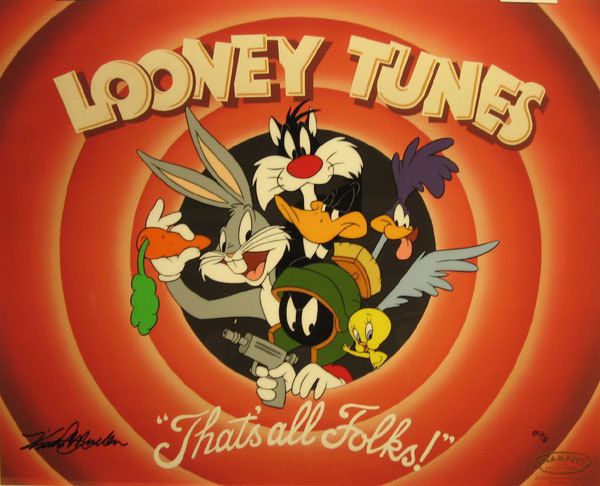
Summary of April 2015 coin-related legislation
For those of us who are political junkies, April was a relatively quiet month. At least there was something to watch that was more related to the hobby than the usual partisan bickering. Here are the coin and currency-related legislation moving through congress:
S. 925: Women on the Twenty Act
Track this bill at https://www.govtrack.us/congress/bills/114/s925
S. 95: A bill to terminate the $1 presidential coin program
Track this bill at https://www.govtrack.us/congress/bills/114/s95
S. 985: United States Coast Guard Commemorative Coin Act
Track this bill at https://www.govtrack.us/congress/bills/114/s985

